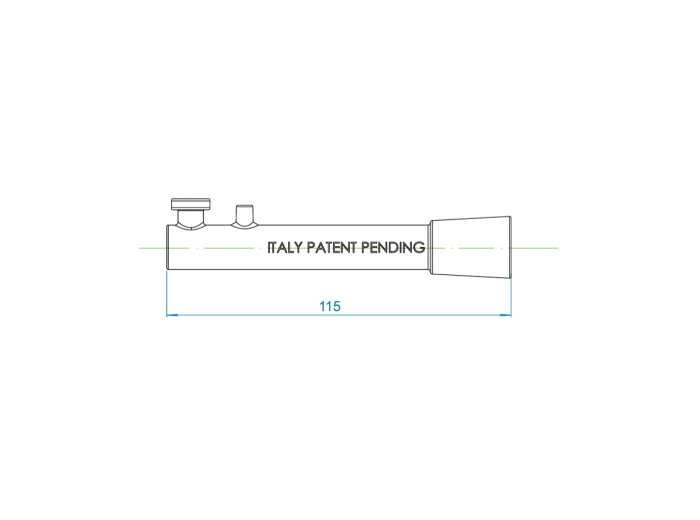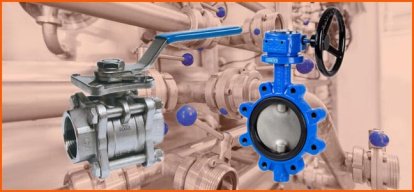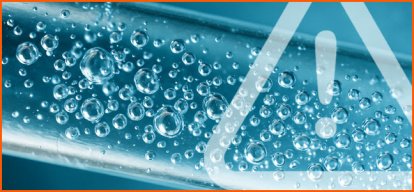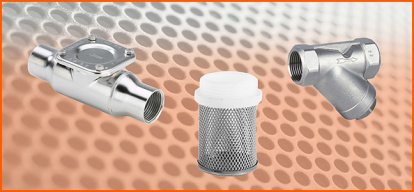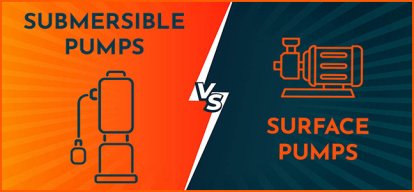BRACKET FOR FL. SWITCH OLYMPIC-FOX 115MM
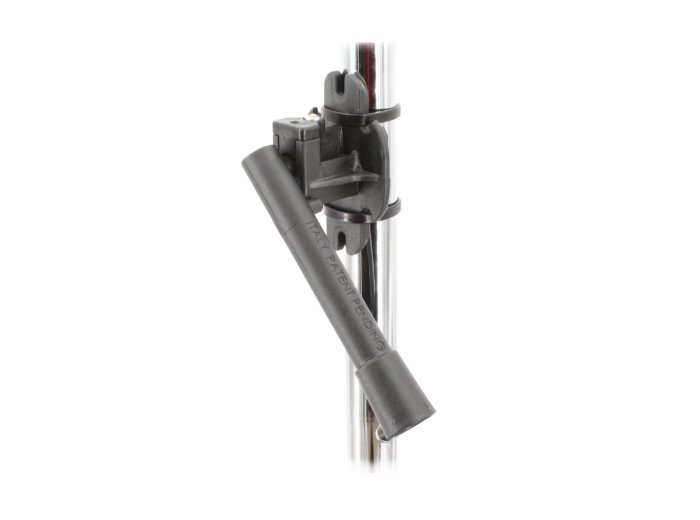


Exclusive accessory for Olympic and Fox float switche swith activation angle of 45°. Built with materials highly resistant to mechanical stress, it is ideal for applications in turbulent waters as it prevents the entanglement of the cable, so the float switch can work properly.
It can be used also in narrow spaces and in sewage and industrial waters. It can be fixed it to wells and tanks walls by screws (not supplied), or to pumps delivery pipes of any diameter using the cable ties supplied. It can be assembled with right (recommended)or left orientation.
The float switch can be installed in 3 different positions (horizontal, vertical, vertical 180°) to allow the regulation of small changes in minimum and maximum level.
| Piece | ||
| Q.ty | Unit price | |
|---|---|---|
| 1 | €6.50 | |
| Note: the prices shown are exclusive of VAT | ||























